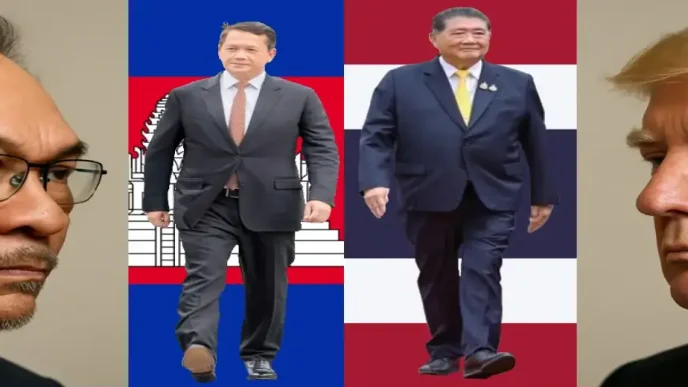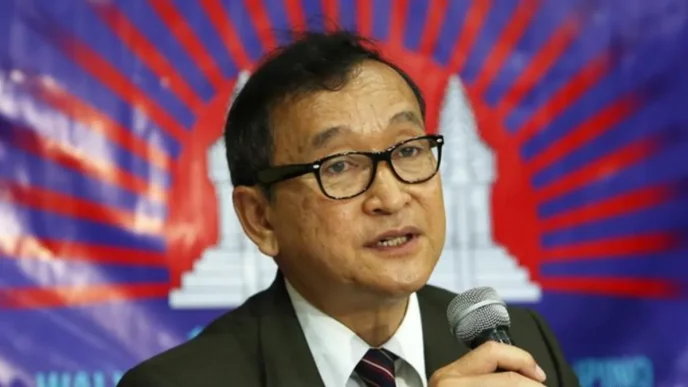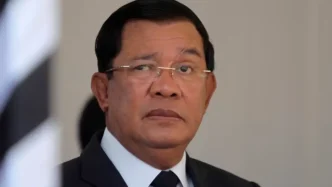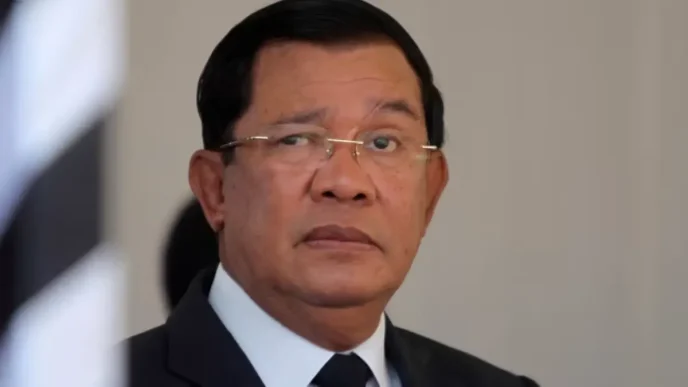In response to growing concerns over security threats and recent violent incidents at places of worship, Singaporean authorities are intensifying efforts to safeguard schools, public hospitals, and religious organisations. Minister of State for Home Affairs Sun Xueling detailed these measures in Parliament on 26 February, highlighting a multi-pronged approach to crisis preparedness and community resilience in the face of potential terror attacks.
The announcement comes against the backdrop of two disturbing assaults at churches within the past six months. On 9 November 2024, a 37-year-old man allegedly attacked Reverend Christopher Lee with a knife during evening mass at St Joseph’s Church in Upper Bukit Timah, leaving the 57-year-old priest with lacerations and cuts around his mouth. The attacker was charged with using a knife to cause grievous hurt. More recently, on 9 February 2025, a 22-year-old man allegedly assaulted a priest at the Church of the Holy Spirit in Upper Thomson. Though the priest sustained no visible injuries, the suspect was arrested for public nuisance. These incidents have heightened public and governmental concern over the vulnerability of sacred spaces.
A Comprehensive Security Framework
Ms Sun outlined a robust collaboration between the Ministry of Home Affairs (MHA) and various institutions to prevent, detect, and respond to security threats, including terrorism. For schools, the MHA works closely with the Ministry of Education to ensure crisis preparedness. All schools are equipped with standard operating procedures to guide staff and students in emergencies. Annual lockdown drills and regular joint exercises with the police and the Singapore Civil Defence Force (SCDF) are now routine, aiming to build muscle memory for crisis response.
Public hospitals, too, are under scrutiny for their readiness. Regular exercises with law enforcement and the SCDF assess hospitals’ ability to secure facilities while managing mass casualty incidents. The Ministry of Health has aligned security standards across healthcare institutions to ensure a uniform response capability. Ms Sun emphasised that these drills are not merely procedural but are designed to test real-world applicability under stress.
Religious organisations, often seen as soft targets, are also receiving significant attention. Through the Ministry of Culture, Community and Youth’s Crisis Preparedness for Religious Organisations programme—part of the broader SGSecure Community Network—faith groups are trained to assess their crisis readiness, equip members with improvised first-aid skills, and develop detailed emergency response plans. Additionally, these organisations participate in security self-assessments and attend counter-terrorism seminars to better understand evolving threats.
Heightened Vigilance and Community Resilience
Beyond institutional measures, Ms Sun stressed the importance of community-wide preparedness. During periods of heightened security risk, police patrols are increased, and stakeholders are urged to enhance their own security measures. This proactive stance is intended to deter potential threats while ensuring rapid response capabilities.
However, the Minister was candid about the sobering reality of security risks. “At some point, I hope never, but we have to be prepared that an attack will succeed,” she told Parliament. “And when it does, it is important that as a community, we remain resilient and united.” This call for psychological readiness underscores a broader societal challenge: fostering a collective spirit that can withstand the trauma of violence or terrorism without fracturing along social or religious lines.
The recent church attacks have brought this challenge into sharp focus. While neither incident has been officially linked to terrorism, they highlight the vulnerability of public spaces where people gather in trust and faith. The assault at St Joseph’s Church, in particular, with its physical harm to a religious leader, has sparked discussions about whether existing security measures are sufficient or if more visible deterrents—such as armed guards or surveillance systems—are needed at places of worship.
Balancing Security and Openness
Singapore’s approach to security is notable for its attempt to balance vigilance with the preservation of societal openness. Unlike some countries where places of worship have become heavily fortified in response to threats, Singaporean authorities appear keen to avoid turning sacred spaces into fortresses. The emphasis on training, preparedness, and community engagement suggests a preference for resilience over reaction.
Yet, this balance is not without tension. Some religious leaders and congregants may feel uneasy about the creeping militarisation of their spaces, even if it manifests as training rather than physical barriers. There is also the question of resource allocation—smaller religious organisations, with limited budgets and manpower, may struggle to implement the comprehensive contingency plans encouraged by the government. While the Crisis Preparedness programme offers support, its effectiveness across diverse faith communities remains to be fully tested.
Moreover, the psychological toll of constant preparedness cannot be ignored. Regular drills and seminars, while necessary, risk normalising a state of hyper-vigilance that could erode the sense of safety and sanctuary that places of worship and schools are meant to provide. Ms Sun’s call for resilience acknowledges this, but the path to achieving it is complex, requiring not just government action but also public buy-in.
Regional and Global Context
Singapore’s security measures must also be viewed within a broader regional and global context. South East Asia has long been a hotspot for extremist activity, with groups like Jemaah Islamiyah historically operating across borders in Indonesia, Malaysia, and the southern Philippines. While Singapore has largely avoided large-scale terror attacks since the foiled plots of the early 2000s, the city-state remains a potential target due to its status as a global financial hub and its multi-ethnic, multi-religious population.
The recent church incidents, though not classified as terrorism, echo a global trend of rising violence against religious communities. From the 2019 Christchurch mosque shootings in New Zealand to repeated attacks on churches in Nigeria, sacred spaces are increasingly targeted by individuals or groups with ideological or personal grievances. Singapore’s proactive stance—emphasising prevention and community resilience—offers a potential model for other nations grappling with similar threats, though its small size and tightly controlled governance make direct replication challenging elsewhere.
There is also the speculative question of whether these isolated incidents could foreshadow a more coordinated threat. If confirmed, such a pattern would necessitate even stronger measures, though there is currently no evidence to suggest this is the case. Authorities remain cautious, aware that overreaction could inflame community tensions, while underreaction might leave vulnerabilities exposed.
The Road Ahead
As Singapore ramps up its security framework, the government faces the delicate task of preparing for the worst without alarming the public or disrupting daily life. The measures outlined by Ms Sun are comprehensive, spanning institutional training, community engagement, and law enforcement coordination. Yet, their success hinges on sustained cooperation between government bodies, private institutions, and citizens.
The two church attacks serve as stark reminders of the fragility of public safety, even in a nation as tightly governed as Singapore. They also highlight the importance of addressing not just physical security but also the underlying social and psychological factors that can lead to such acts. While the government has not disclosed detailed motives behind the incidents, broader public discourse around mental health, social alienation, and interfaith harmony will likely shape future policy.
For now, the focus remains on preparedness. Schools will continue their lockdown drills, hospitals will refine their mass casualty protocols, and religious organisations will bolster their crisis plans. The police, too, stand ready to increase patrols during heightened threat levels. But as Ms Sun noted, the ultimate test of these measures will come only in the event of a crisis—a scenario everyone hopes will never materialise.
In a city-state built on harmony and order, the challenge is clear: to protect without fear, to prepare without panic, and to unite in the face of potential division. As Singapore navigates this complex landscape, its efforts may well set a benchmark for balancing security and societal cohesion in an increasingly uncertain world.














